Dangling wires threaten lives and infrastructure. Smarter detection and swift action
are not just necessary; they are overdue.
Electricity powers homes, businesses, and infrastructure, making it essential to modern society.
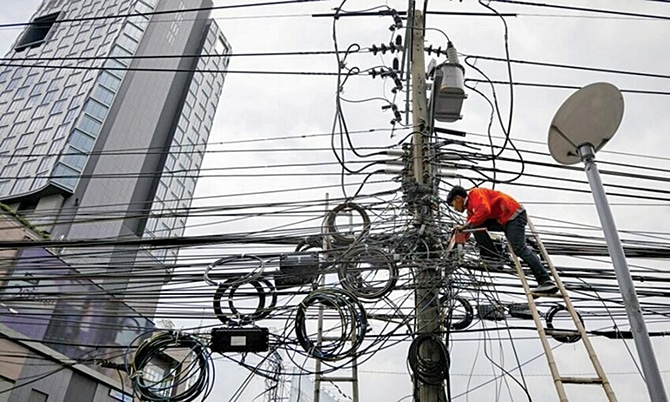
However, its widespread use also brings risks, with dangling wires among the most serious hazards. These unsecured wires pose significant threats, including electrocution, fires, and property damage.
The issue spans various types of dangling wires—overhead, low-hanging, and abandoned—each carrying distinct risks. Contributing factors range from inadequate maintenance and natural disasters to vandalism and theft.
The economic and social impact is substantial, placing financial strain on individuals, businesses, and governments while also affecting public health through psychological trauma and long-term effects of electrocution.
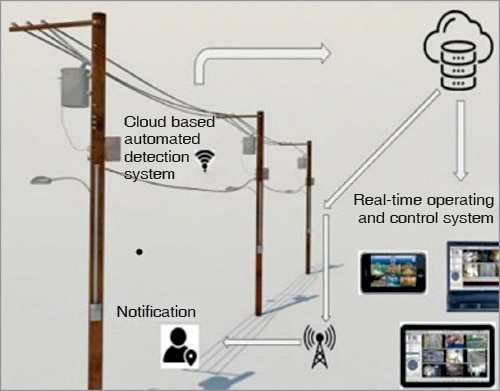
Addressing this challenge requires coordinated efforts from government agencies, electricity providers, and individuals. Advances in wire maintenance and safety technologies offer new opportunities to mitigate risks and enhance public safety. A proactive approach can prevent accidents, reduce financial losses, and create safer urban environments.
Detecting Dangling Wires Using Flex Sensors
The presence of dangling wires in public spaces is a major safety concern. To address this issue, a methodology is proposed for detecting dangling wires using flex sensors and transmitting real-time data to a centralised monitoring system. This approach aims to improve public safety by promptly identifying and addressing hazardous cables.
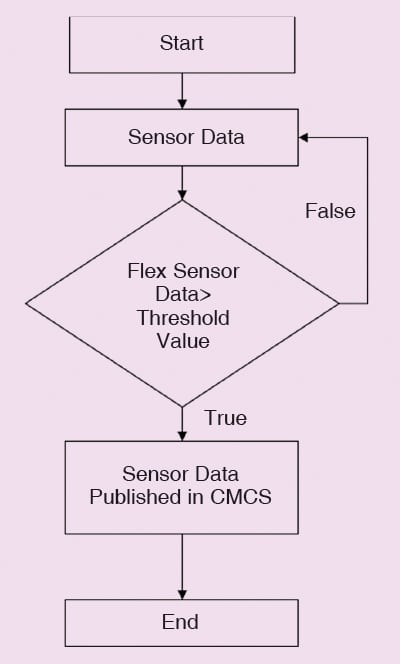
Flex sensors are ideal for this application due to their thin and flexible nature, making them easy to attach to poles in public spaces. These sensors can detect changes in angle or position and can accurately determine the degree of tension on the hanging portion of the wire.
By utilising flex sensors to detect the angle of wires in poles, a centralised monitoring system can be developed to identify critical situations where the wires are in danger of snapping or causing harm.
This system will help to prevent accidents and reduce the risk of injury to the public. The monitoring system can be designed to provide real-time information to the corporation or the head office of public affairs using mail and voice-over protocols.
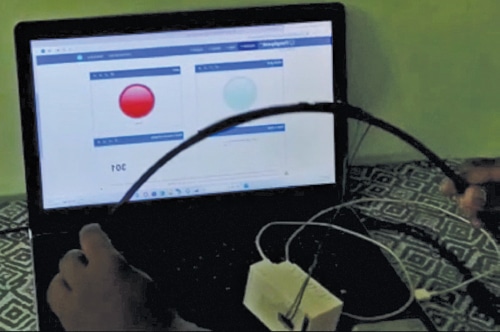
The proposed monitoring system is designed to provide real-time updates to relevant authorities via email and voice-over protocols, enabling swift intervention.
Compared to traditional wire detection methods, this system offers several advantages:
Cost-effectiveness
Flex sensors are inexpensive and easy to install.
Real-time monitoring
The system continuously tracks wire status, ensuring proactive intervention.
Automated alerts
Immediate notifications are sent to authorities when a wire is in a critical state.
Centralised Monitoring and Response System
The proposed system, as illustrated in Fig. 2, involves establishing a centralised monitoring hub within the corporation or public affairs office. This hub receives real-time data from flex sensors, enabling authorities to assess and respond to critical wire conditions.
The system can be designed using mail and voice-over protocol to inform the concerned authorities about the status of the wire. This will enable the authorities to immediately address the issue and prevent accidents caused by dangling wires.
The system can be configured to send alerts based on severity:
Immediate alerts
If a wire is in a hazardous state, responsible local authorities receive urgent notifications.
Regular reports
Higher authorities receive scheduled reports to track ongoing maintenance and necessary interventions.
To ensure continued effectiveness, routine maintenance of both flex sensors and the monitoring system is essential. The sensors must be tested periodically for accuracy, and any damaged units should be replaced promptly.
Similarly, the monitoring system must be tested to confirm that alerts are issued correctly and without delay.

The proposed methodology presents a practical, efficient solution for detecting and addressing the hazards of dangling wires. By integrating flex sensors with a centralised monitoring system, authorities can identify risks in real time, preventing accidents and enhancing public safety.
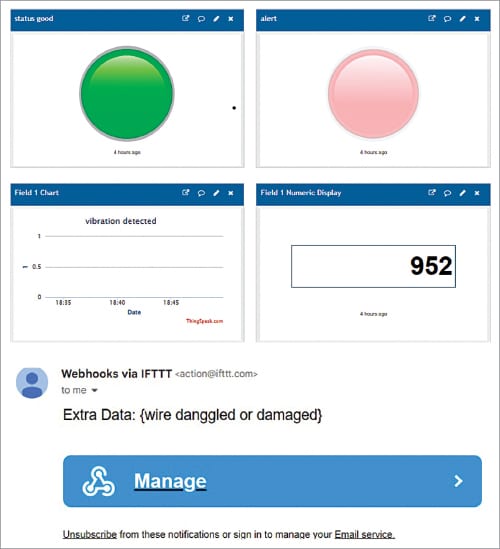
Key Benefits of this Approach Include:
Improved public safety: Swift detection and intervention reduce the risk of electrocution and fires.
Real-time updates: Authorities receive continuous status reports for proactive decision-making.
Automated alerts: Quick response mechanisms ensure that hazardous situations are addressed promptly.
Cost-effectiveness: The system leverages existing technologies, making implementation feasible and affordable.
By adopting this methodology, cities can significantly mitigate the dangers posed by dangling wires, ensuring a safer and more secure urban environment.
The author, Duraiarasu E, is B.E in Electronics and Communication Engineering. He is a research associate at International Institute of Information Technology, Bangalore (IIITB). His areas of interest are IoT, VLSI, embedded systems, machine learning, 3D printing, and MEMS








